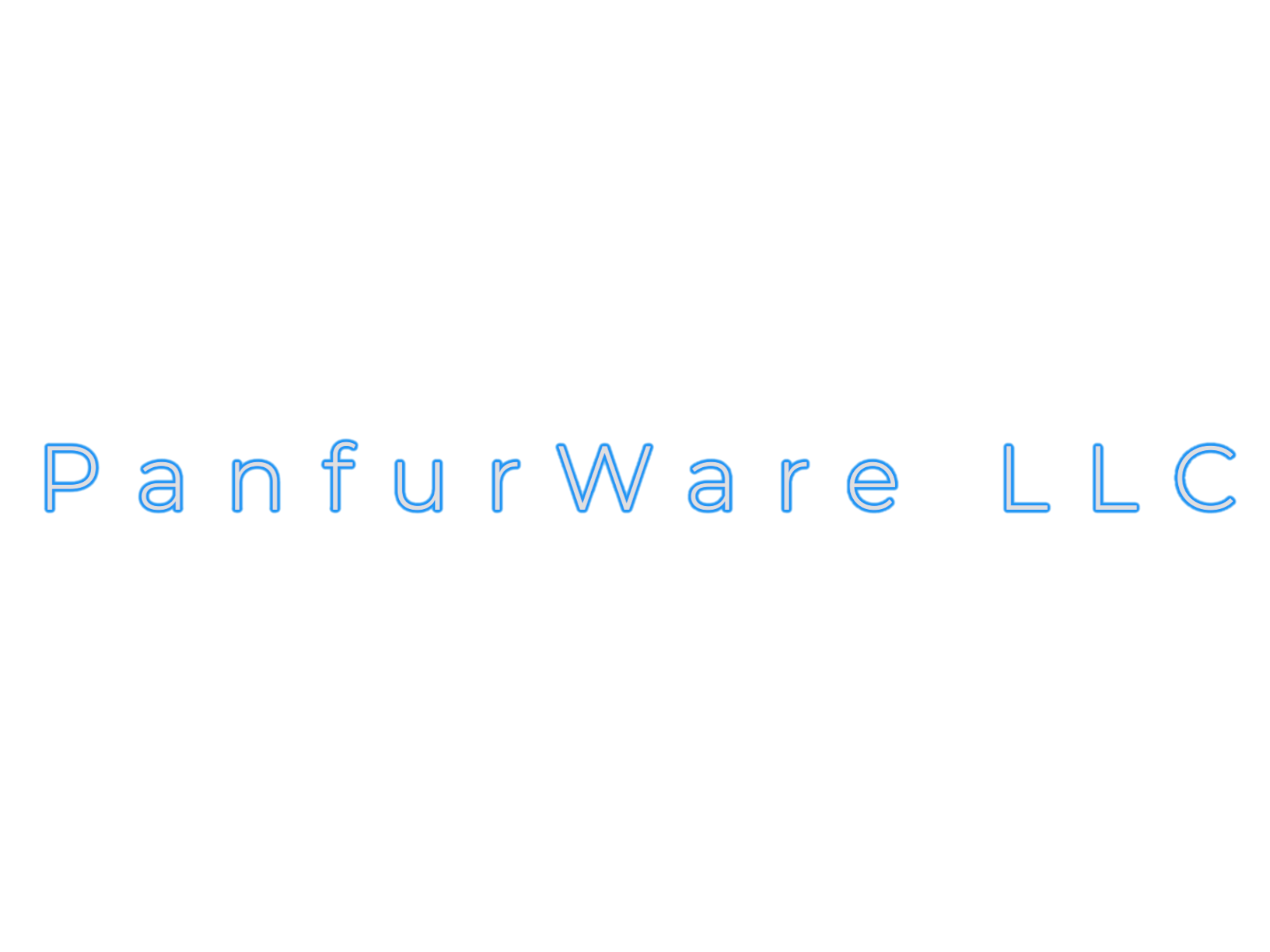Your cart is currently empty!
Tesla’s Vision for the Future: We, Robot Event, #Robotaxi, #Robovan and #Optimus #Tesla – What We know So Far
·
Free shipping over $50 for the month of April using code aprilship
The Tesla “We, Robot” event showcased not just the company’s advancements in Full-Self Driving (FSD) technology, but also its broader vision of autonomous transportation. This event was a glimpse into a future where electric vehicles, autonomous fleets, and humanoid robots revolutionize both personal mobility and labor, driving us toward a more sustainable and efficient world. Among the highlights were Tesla’s groundbreaking Robotaxi, Robovan, and the Optimus humanoid robot – each designed to reshape how we think about transportation and labor.
The Global Transportation Problem
In today’s world, transportation has become increasingly complex, expensive, and unsustainable. Traffic congestion is common in cities around the globe, vehicle maintenance costs are high, and most cars sit idle for the majority of the day. On top of that, human drivers are prone to distractions, accidents, and errors, resulting in millions of fatalities each year. Tesla’s goal is to address these issues through automation, by replacing inefficient, unsafe, and environmentally harmful modes of transportation with sustainable, affordable, and safe alternatives. And Tesla’s FSD technology is at the heart of this revolution.
Full-Self Driving (FSD): Safer and More Efficient
Tesla’s Full-Self Driving (FSD) is built on one simple truth: humans get distracted, but cameras and neural networks do not. Tesla’s FSD system leverages a vast fleet of over 8 million vehicles, which collectively drive half a million miles every 3.5 minutes. This gives the system the ability to learn and adapt to real-world driving conditions, ensuring it can handle even the rarest and most unusual scenarios that human drivers may encounter.
What sets FSD apart from other autonomous driving systems is its reliance solely on cameras and neural networks. Unlike other systems that depend on expensive radar or lidar equipment, Tesla’s FSD uses cameras to create a 360-degree, real-time view of the surrounding environment. The neural networks process billions of miles of video data to continuously improve the system’s ability to drive safely, react swiftly, and make smarter decisions than a human ever could. The result? A faster, more affordable, and much safer driving experience.
Robotaxi: Autonomous, Affordable, and Accessible
One of the most exciting announcements at Tesla’s “We, Robot” event was the unveiling of the Robotaxi. Tesla’s Robotaxi aims to be the premium solution for point-to-point transportation, offering users a safe, fast, and sustainable alternative to traditional ridesharing services.
Unlike conventional taxis or ridesharing services, the Robotaxi comes with several key advantages:
- No Driver Fee: Since there’s no human driver, the cost of each trip is dramatically reduced.
- Affordable and Convenient: The Robotaxi will be available for less than $30,000, a price point that makes it affordable for individual ownership or fleet deployment.
- On-Demand: With just a tap on your phone, you can summon a Robotaxi, which will then be yours for as long as you need it, whether it’s a quick trip or an all-day adventure.
The concept of the Robotaxi redefines transportation by shifting away from car ownership toward an on-demand service. This means fewer cars sitting idle throughout the day, reducing congestion and emissions, while providing a premium experience for riders.
Tesla’s Robotaxi also represents the culmination of years of development in FSD. Its cameras, neural networks, and fleet data allow it to safely navigate any environment, while providing a seamless, luxurious experience for passengers.
Robovan: Versatility in Motion
Tesla’s Robovan takes autonomy one step further, offering a solution for both commercial and personal use. Designed to seat up to 20 passengers, the Robovan is incredibly versatile, serving as a school bus, RV, or cargo van depending on the user’s needs.
For commercial use, the Robovan is a game-changer. It’s ideal for transporting goods, ferrying people, or even being adapted into mobile offices or living spaces. Its autonomous driving system eliminates the need for a driver, reducing costs for companies and increasing efficiency.
In the personal realm, the Robovan transforms into a flexible vehicle that can accommodate large groups or be customized for longer journeys. Whether it’s a family road trip or a mobile workspace, the Robovan meets the needs of modern travelers who crave versatility and convenience.
Moreover, autonomy means that the Robovan, like other Tesla autonomous vehicles, won’t sit idle for most of the day. It will continue to serve users on-demand, lowering the number of cars on the road, reducing congestion, and promoting a more sustainable urban environment.
A Greener, More Livable World with Autonomy
One of the most compelling visions presented at the event is how autonomy will reshape cities and communities. With fewer vehicles needed to meet the same transportation demands, urban areas will see less congestion, fewer accidents, and reduced pollution. Streets will be quieter, cleaner, and more pedestrian-friendly, making cities greener and more livable.
Tesla’s plan goes beyond just creating autonomous vehicles; it’s about revolutionizing the entire transportation ecosystem. With fleets of Robotaxis and Robovans on the road, equipped with FSD, the need for private vehicle ownership will diminish, and transportation will become a shared resource, accessed on-demand.
Inductive charging will further streamline this future. By enabling vehicles to charge wirelessly while parked or even while driving, Tesla ensures that downtime for charging will be minimal, keeping the fleets in constant motion and available to users at any time.
Optimus: The Future of Labor
In addition to autonomous vehicles, Tesla also revealed the Optimus humanoid robot, a revolutionary innovation that aims to redefine physical labor. Imagine a personal assistant that can perform everyday tasks, or an industrial robot that can take over dangerous or repetitive work in factories.
Optimus has been likened to a modern-day R2D2 or C3PO, but better. While those famous droids were limited to science fiction, Optimus is real and designed for practical use, from household chores to heavy lifting in industrial environments. The Optimus robot will free humans from dangerous or mundane tasks, allowing us to focus on more creative or meaningful work.
Conclusion: A Bold Vision for the Future
Tesla’s “We, Robot” event was more than just a product unveiling; it was a bold vision for the future. With FSD, Robotaxi, Robovan, and Optimus, Tesla is laying the groundwork for a world where transportation is safer, more affordable, and more sustainable.
As Tesla pushes forward with its advancements in autonomy and robotics, the way we travel, work, and live will never be the same. This isn’t just the future of transportation—it’s the future of how we interact with the world around us.
-
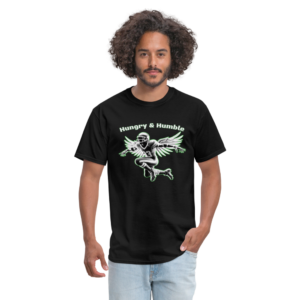
Hungry and Humble Football Player Flapping Arms Touchdown Celebration Unisex Classic T-Shirt #philly
$19.99 Select options This product has multiple variants. The options may be chosen on the product page -
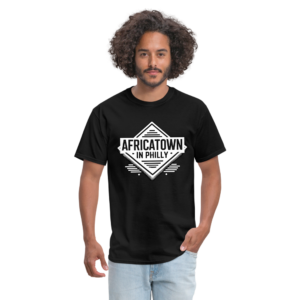
Africatown in Philly Phrase Unisex Classic T-Shirt
$13.99 Select options This product has multiple variants. The options may be chosen on the product page -

Vintage Funny Cat Selfie UFO Alien Invasion Unisex Classic T-Shirt
$13.99 Select options This product has multiple variants. The options may be chosen on the product page -
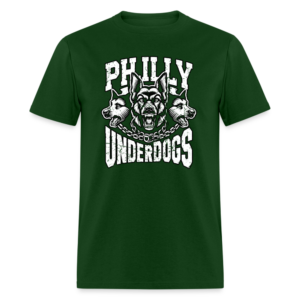
Vintage Philly Underdogs German Shepherds Unisex Classic T-Shirt
$9.99 Select options This product has multiple variants. The options may be chosen on the product page -
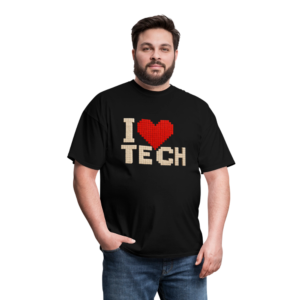
Voxel Art I Luv Tech Unisex Classic T-Shirt
$19.99 Select options This product has multiple variants. The options may be chosen on the product page
————————————————
We use AI GPT Chatbots to help with our content and may get some things wrong.
————————————————-
 Breaking News: Tesla Set to Refresh the Model S/X in 2025!
Breaking News: Tesla Set to Refresh the Model S/X in 2025! 

 Why We Love PinkPantheress’s Unique Production Style: The Future of Music Vibes
Why We Love PinkPantheress’s Unique Production Style: The Future of Music Vibes Why Are Oceans Salty But Rivers Fresh? The Secret to Earth’s Survival
Why Are Oceans Salty But Rivers Fresh? The Secret to Earth’s Survival 



